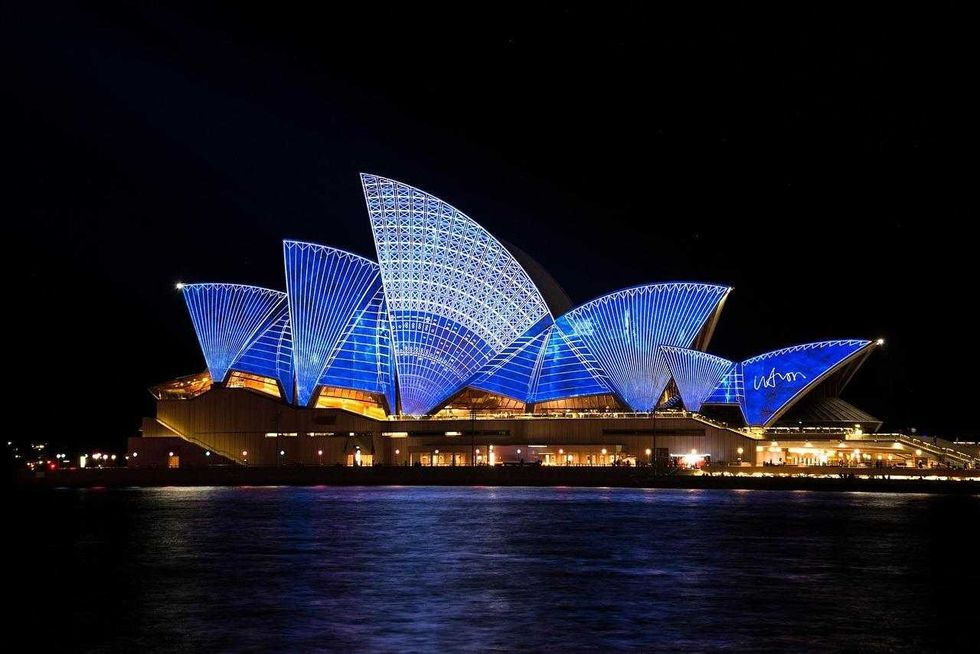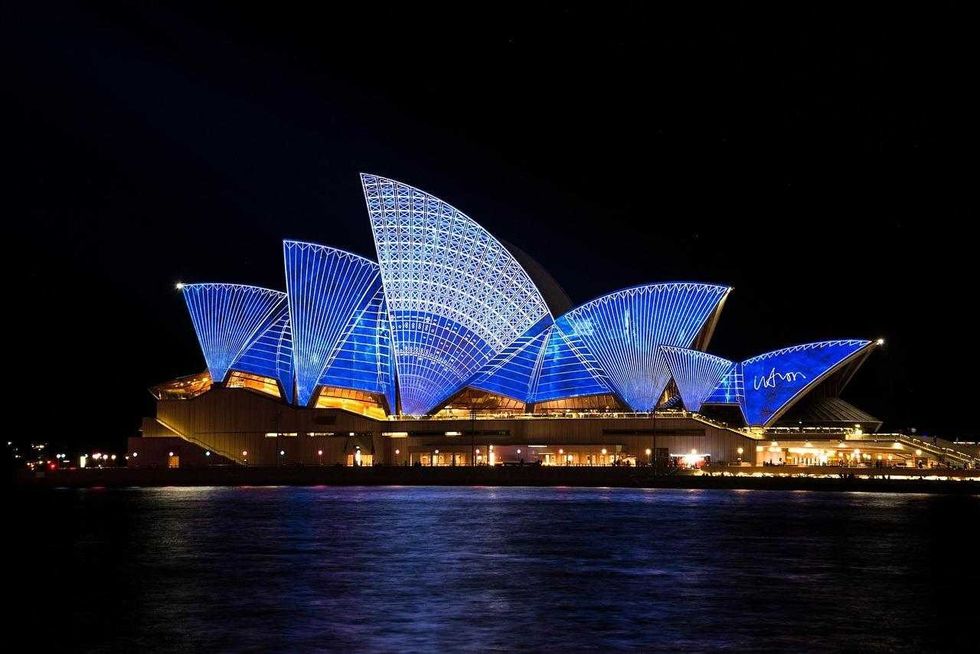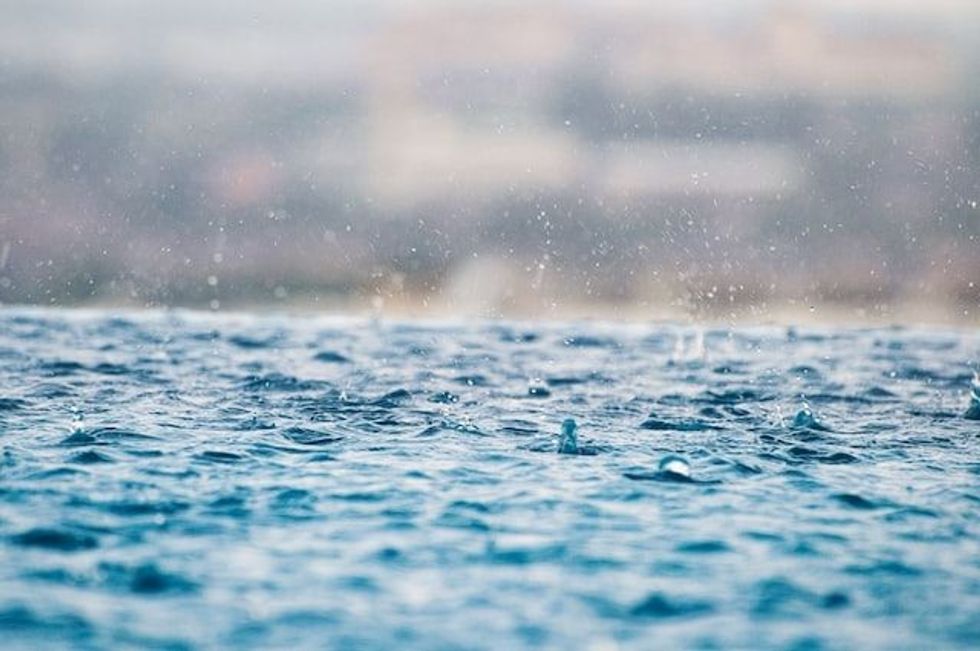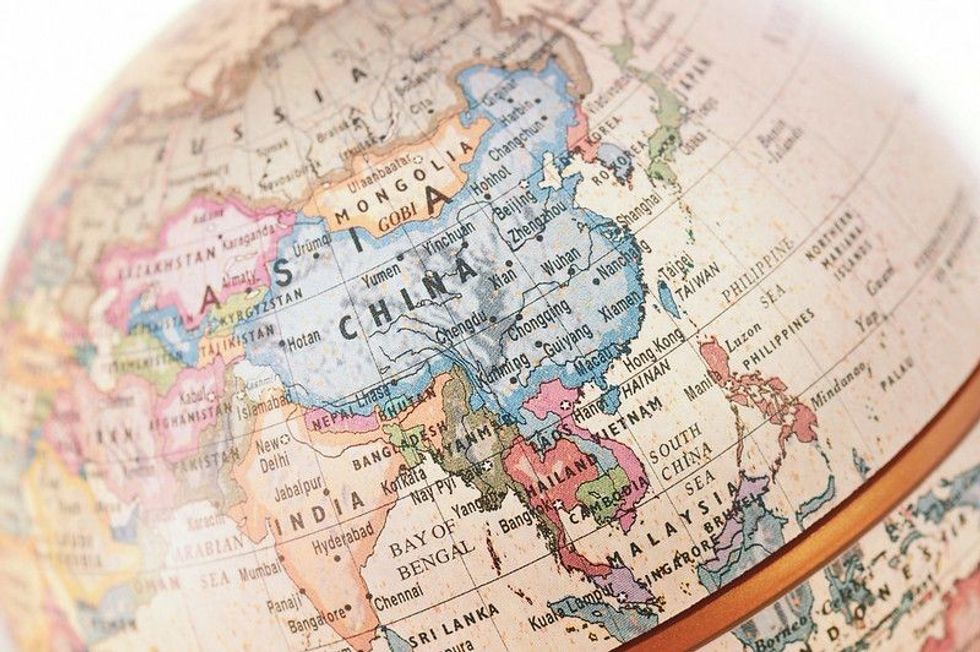21 Curious Australian History Facts That Will Surprise You!

Australia is one of the most ethnocultural countries on Earth. Approximately one-third of modern Australia's population was born in another country.
The very first people to settle in Australia, arriving at least 40,000 years ago from Southeast Asia, were the Aboriginal people. At the time of the European arrival, there may have been half a million to a million Aboriginal people living in Australia. Today, approximately 350,000 reside in Australia.
Australia was one of the first countries in the world to give white women the ability to vote and run for office. In 1902, it became the world's second country to grant women the vote.
The first recorded voyage to Australia was by Abel Tasman, a Dutch explorer. In 1644, Abel Tasman discovered that Australia is largely divided into four coasts; north, west, east, and south. Tasmania, an Australian state, was named after this legendary explorer.
Since the early 20th century, individuals outside the nation have referred to the country as Oz. When the abbreviated form of Australian; Aus or Aussie, is said with a hissing sound at the end, it sounds as though the word being uttered is spelled as Oz. As a result, Australia is commonly referred to as Oz.
Read on to learn more Australian history facts, including the importance of the Australian Labour Party and the Australian Capital Territory for the nation.
James Cook's Importance To Australian History
James Cook was a British navy commander, navigator, and explorer, who cruised the sea routes and coastlines of Canada and led three Pacific Ocean journeys, first from the Antarctic ice fields to the Bering Strait, and from the shores of North America to Australia and New Zealand, between 1768 and 1779.
When James Cook joined the British merchant fleet as an apprentice, he was just 18 years old. He was the captain of his ship by 1758 and as part of his navy duty, he traveled to Canada and drew accurate maps of Newfoundland.
He made the first known European encounter with the eastern coast of Australia and the Hawaiian Islands, as well as the first documented tour of New Zealand.
In ancient times, people hypothesized that there would be a great southern land, to balance out the land in the northern hemisphere.
Although they didn't have any evidence, it was referred to and even plotted on maps, as Terra Australis Incognita, which is Latin for 'southern land'. Since the ancient Greeks and Romans first proposed this idea, philosophers, European explorers, and mapmakers have been fascinated by the existence of this strange, mythological land.
Captain James Cook sailed off on three expeditions towards the South Seas in 1768, carrying secret directions from the British Admiralty to hunt out a large continent or land and seize control of it 'in the Name of the King of Great Britain'.
Captain James Cook was carrying secret commands from the British Admiralty to find a large continent or land and seize ownership of it, in the honor of King George III of Great Britain.
However, because Cook had been unable to locate the Great Southern Continent, two ships set off on a second journey in 1772, which conclusively established the continent's absence.
Instead, the ships circumnavigated the South Pacific two times, documenting islands that had never been adequately documented on European charts and reaching the Antarctic Circle three times. The explorers got close to realizing their concept of the Great Southern Continent surrounding the South Pole at this point.
Despite being the first team to pass the Antarctic Circle, the continent was not found and named until 1820. Cook embarked on his third journey in 1776, with the intention of discovering a more direct commercial route connecting Britain and the Pacific.
In 1778, he went on an expedition to Hawaii, where he was slain by islanders in a disagreement. To a certain extent, Cook's voyages encapsulated the spirit of discovery and awe. However, for many indigenous people, they represent the beginnings of expropriation and meddling brought about by British colonialism.
The commemoration of colonial power is at the focus of current public controversy in Australia, with Australia Day observed yearly on January 26, the day on which the first British immigrants arrived in 1788. Cook is typically credited with 'discovering' Australia, despite the fact that Aboriginal Australians had lived on the continent for thousands of years before his arrival.
Within the last two years, statues of Captain Cook have been vandalized in Sydney and Melbourne in protest of the continuous celebration of British settlement and the illusion of Australian identity that has grown out of this.
Discovery Of Australia, Who, When, And Why
Despite the fact that Indigenous Australians had lived on the continent for tens of thousands of years and traded with surrounding islanders, the discovery of Australia was historically believed to have been when the first Europeans set foot on the mainland in 1606.
Willem Janszoon, a Dutch adventurer, arrived on the west side of Cape York Peninsula and mapped over 200mi (320 km) of coastline.
On February 26, 1606, Willem Janszoon became the first European to record Australia. Aboriginals, on the other hand, arrived in Australia some 50,000 years ago.
So, in fact, the Aboriginal people were the very first people to discover Australia. However, in order to determine who truly found Australia, you must first comprehend how ancient Europeans viewed the globe and what the term 'discover' means.
You can more reasonably establish who or what group of individuals may be attributed to the creation of Australia if you understand these crucial aspects.
The Aboriginal people were the first to discover Australia. However, they had no notion of where they were on the globe.
They weren't even looking for the location. They just happened to come upon what is now known as Australia, arriving there roughly 50,000 years ago.
Around 60,000 years ago, the Aboriginal forefathers journeyed out of Africa and traveled across India, Malaysia, Borneo, Papua New Guinea, and Timor, before coming face to face with an ocean that divided Australia from the rest of the globe.
It is unknown how they crossed the seas to Australia, because canoes and boats had not yet been constructed. They most likely landed there by mistake, clinging to flotsam as it washed across the ocean, or maybe by a tsunami that transferred them as it swept across the ocean.
So, while Europeans were looking for a new continent in the south, the Aboriginal people had already discovered Australia and had been living there for almost 50,000 years. Early traders from Indonesia, as well as China and India, were most likely the first Asians to visit Australia.
Apparently, they were completely unaware that it was a whole continent and mistook it for another island. There are no records of their visits.
The first Europeans to view Australia were presumably Portuguese sailors, sailing to and from Timor and other Indonesian islands. As they sailed through, they noticed the strangely bleak coastline of North-Western Australia. There is no proof that they ever went ashore or gave the area they saw a name.
On April 29, 1770, the British, headed by James Cook, arrived at Botany Bay on Australia's east coast. The British charted Australia's whole coastline and were the first to recognize that this was actually Terra Australis.
Australia, formerly known as New South Wales, was created with the intention of serving as a prison colony. The British government named Arthur Phillip commander of the HMS Sirius in October 1786 and tasked him with establishing an agricultural work camp for British convicts there.
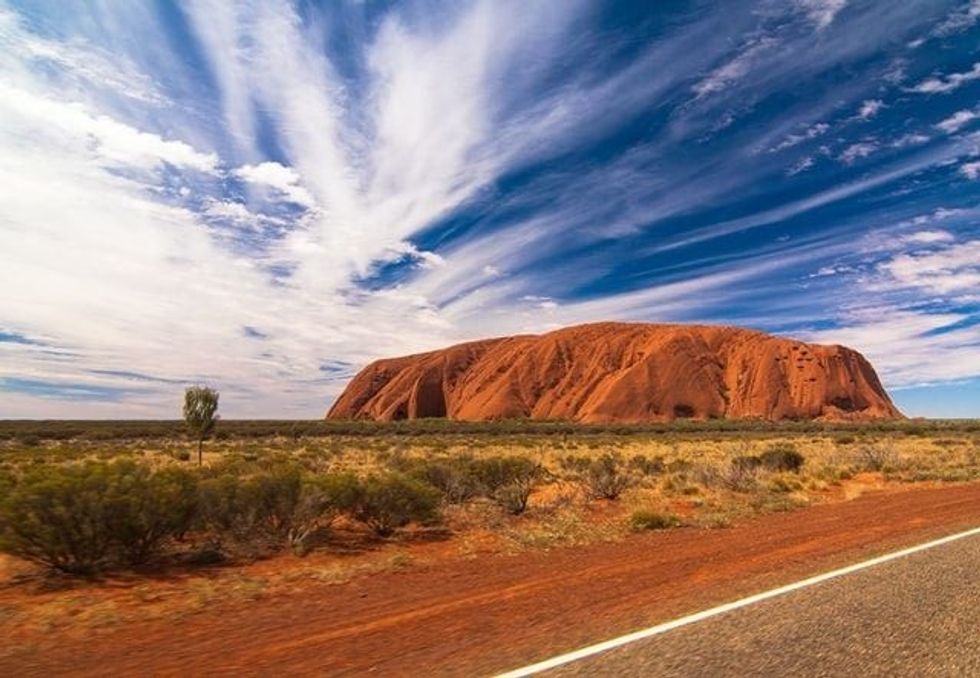
Significant Events In Australian History
Rock art is an important component of Indigenous Australian culture because it depicts how humans lived in Australia from the very beginning. The knowledge of Aboriginal Australians about rock art is still alive today. Thousands of generations have handed down stories about amazing pieces of art, with some coming straight from the creators themselves.
In January 1788, Captain Arthur Phillip RN commanded the First Fleet of 11 ships that sailed into Botany Bay, New South Wales. After three days, they found a location near Sydney Cove.
He began establishing a prisoner colony on January 26. The landing of the First Fleet profoundly altered the lives of Australia's indigenous inhabitants. Much bloodshed and turmoil erupted as a result of the British colony.
Captain James Stirling established Perth, also as the capital of the Swan River Colony in 1829. Prior to the introduction of Europeans, Aboriginal families lived in the southwestern section of Western Australia for at least 47,000 years. Captain Charles Fremantle declared the west coast of Australia for Britain on May 2, 1829.
A treaty was agreed by John Batman and a group of Aboriginal people, after discussions and negotiations had taken place, relating to the ownership of land. By order of Governor Bourke of New South Wales, Batman's treaty was declared null and void almost immediately.
He stated on August 6, 1835, that the British held all of Australia and only they could distribute and sell land.
New Zealand's islands were split from the Colony of New South Wales on July 1, 1841, and became an independent colony. Australia has long maintained a strong relationship with New Zealand. However, during a few months in 1840–41, the link was considerably stronger. New Zealand was legally annexed to the colony of New South Wales.
The Legislative Council of Victoria was created on July 1, 1851. It took around 10 years from the first time the government was informed to divide Port Phillip District from the colony of New South Wales.
Victorians were ecstatic about their political independence from New South Wales and the two states' and capital cities' friendly rivalry continues to this day.
After a battle at the Glenrowan Inn on June 28, 1880, Victorian police arrested the famed bushranger, Ned Kelly. Dan Kelly, Joseph Byrne, and Steve Hart, the other members of the Kelly Gang, were slain during the siege.
The White Australian Policy was a piece of legislation that barred non-Europeans from settling in Australia. These laws went into effect in 1901 and were abolished in 1966. The Australian government sought to bring in a large number of new migrants after World War II.
The Snowy Mountains Scheme, a hydroelectricity and irrigation infrastructure in south-east Australia, was launched by the Labour Government. This necessitated the hiring of a large number of additional employees. Employing people from diverse cultures was no longer a source of concern for Australians.
What was Australia called before?
Europeans had long suspected the existence of a landmass in the southern hemisphere, which they dubbed Terra Australia Incognita, or Unknown South Land.
During the 17th century, Dutch navigators explored the northern, western, and southern shores of Australia, which became known as New Holland. In 1803 these explorers circumnavigated the continent for the first time and in 1804, the word 'Australia' was first used to characterize the continent on a hand-drawn map.
When the map and book detailing his expedition were ultimately published in 1814, the term 'Terra Australis' was substituted, though Flinders indicated that 'Australia' was still his preferred name. South Australia had already been mentioned in the paper, but only in vague terms, referring to the mythical southern landmass.
This name appears for the first time in 1545 in an astronomical book.
There was no such thing as Australia before 1900; there were just six colonies: New South Wales, Tasmania, South Australia, Victoria, Queensland, and Western Australia. Despite the fact that these colonies were on the same continent, they were ruled as six separate countries with no connection.
Pedro Fernandes de Queirós, a Portuguese explorer, was the first to adopt the term, Australia, in 1606. Abel Tasman, a Dutch seafarer, surveyed the coast in 1644 and named it New Holland.
Until the mid-1850s, the southern area was commonly referred to as New Holland.
Australia, formerly known as New South Wales, was created with the intention of serving as a prison colony. The British government named Arthur Phillip commander of the HMS Sirius in October 1786 and tasked him with establishing an agricultural work camp for British convicts there.
Australia, formally the Commonwealth of Australia, is a sovereign entity that encompasses the Australian continent's mainland, Tasmania island, and a number of smaller islands.
Captain James Cook claimed the east coast of Australia in the name of, and on the orders of, King George III, resulting in a complex series of events that led to the formation of a uniquely Australian monarchy.
We Want Your Photos!
More for You
Bachelor of Arts specializing in Linguistics

Martha MartinsBachelor of Arts specializing in Linguistics
Martha is a full-time creative writer, content strategist, and aspiring screenwriter who communicates complex thoughts and ideas effectively. She has completed her Bachelor's in Linguistics from Nasarawa State University. As an enthusiast of public relations and communication, Martha is well-prepared to substantially impact your organization as your next content writer and strategist. Her dedication to her craft and commitment to delivering high-quality work enables her to create compelling content that resonates with audiences.
Disclaimer
1) Kidadl is independent and to make our service free to you the reader we are supported by advertising. We hope you love our recommendations for products and services! What we suggest is selected independently by the Kidadl team. If you purchase using the Buy Now button we may earn a small commission. This does not influence our choices. Prices are correct and items are available at the time the article was published but we cannot guarantee that on the time of reading. Please note that Kidadl is a participant in the Amazon Services LLC Associates Program, an affiliate advertising program designed to provide a means for sites to earn advertising fees by advertising and linking to Amazon. We also link to other websites, but are not responsible for their content.
2) At Kidadl, we strive to recommend the very best activities and events. We will always aim to give you accurate information at the date of publication - however, information does change, so it’s important you do your own research, double-check and make the decision that is right for your family. We recognise that not all activities and ideas are appropriate for all children and families or in all circumstances. Our recommended activities are based on age but these are a guide. We recommend that these ideas are used as inspiration, that ideas are undertaken with appropriate adult supervision, and that each adult uses their own discretion and knowledge of their children to consider the safety and suitability. Kidadl cannot accept liability for the execution of these ideas, and parental supervision is advised at all times, as safety is paramount. Anyone using the information provided by Kidadl does so at their own risk and we can not accept liability if things go wrong.
3) Because we are an educational resource, we have quotes and facts about a range of historical and modern figures. We do not endorse the actions of or rhetoric of all the people included in these collections, but we think they are important for growing minds to learn about under the guidance of parents or guardians.
